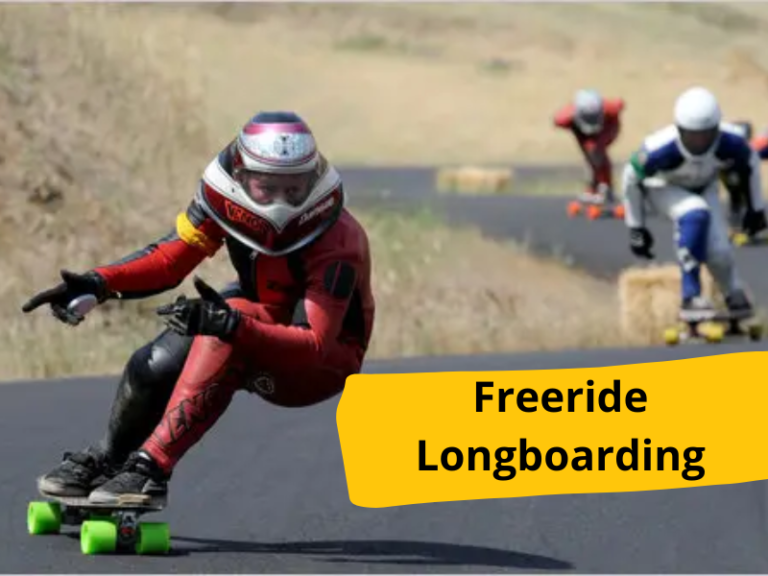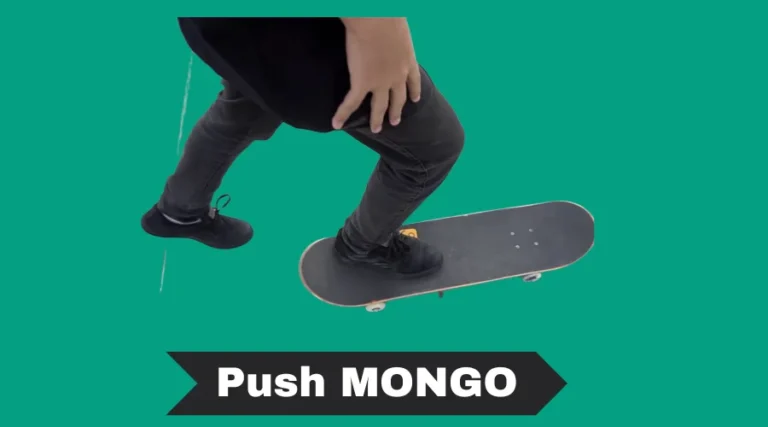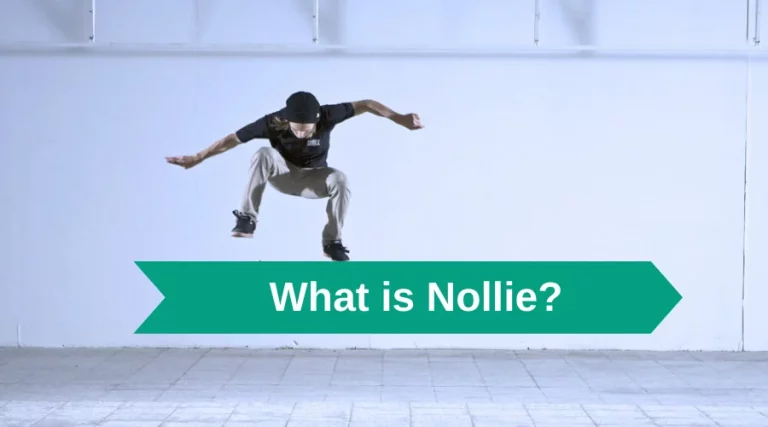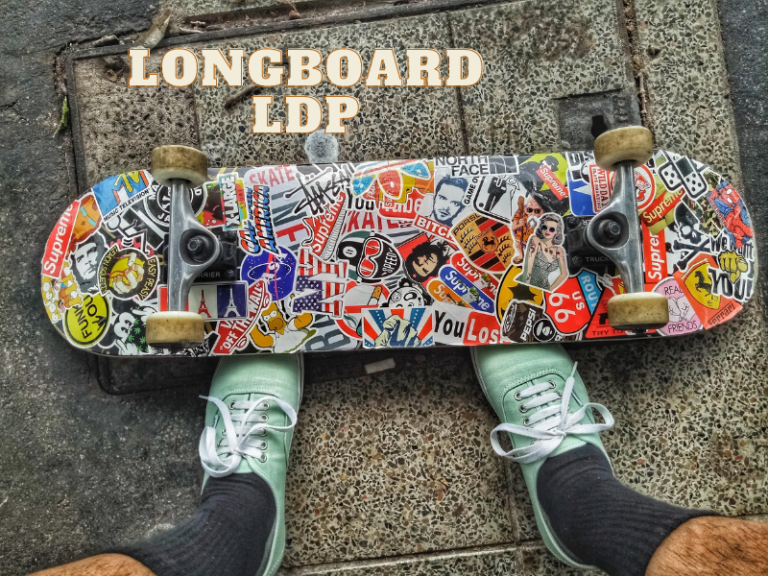Can you Ollie on a Longboard?
Yes, you can ollie on a longboard. An ollie is an aerial skateboard trick that involves popping the tail of the board off the ground while simultaneously jumping up and grabbing the board with your feet in mid-air.
To do an Ollie on a longboard, you will need to place one foot in the middle of the board and then use your back foot to push off the ground and lift up the tail of the board. As you pop off, you’ll need to jump up and grab onto the board before it starts to drop back down.
Once you’ve grabbed onto it, you can ride away as if nothing happened!
Continue reading to know more about ollie with cruiser wheels!
Can You Ollie with Cruiser Wheels?
It is possible to ollie on cruiser wheels, but you must have prior experience. With cruiser wheels, you won’t have any issues if you’re good at ollieing on a popsicle skateboard. With softer wheels, you’re more likely to lose control of your skateboard. Compared to hard wheels, soft wheels bounce more frequently, which increases the likelihood of a perfect landing.
Using soft cruiser wheels at a skatepark isn’t the best option if you’re looking to perform complex tricks.
Best Cruising Wheels for Ollie

- More Grip & Slide Control
- Traction Over Various Terrain
- Less Friction
- More Speed
How to Ollie on a Longboard?
- Start by positioning your feet on the longboard in an ollie stance. Place your front foot at the very front of the board and your back foot centered near the rear trucks.
- Bend both knees and crouch down low as you push off with your back foot to gain speed.
- Kick your back foot off the tail of the board while quickly jumping up with both feet at the same time.
- As you jump, quickly pull your feet up towards your chest while simultaneously sliding them forward on the board to help pop it up into the air.
- Keep your legs bent while in midair to absorb shock when landing and then bring your feet back down onto the board once it lands on its wheels again.
1. Acknowledgment and Preparation
If you fall, you grow up, is a truism we live by. Longboarding, like all sports, comes with its share of risks, including the potential for serious injuries and even death. First and foremost, learning an Ollie requires a high level of patience and a willingness to fail and get hurt a lot.
Everyone should remember that even the best professional skaters and boarders, like Tony Hawk today, were once as inexperienced and lost as you are.
2. Understand the anatomy of the longboard
You must first understand and identify the longboard’s internal anatomy for truly amazing Ollies.
3. Step up on the board
Take your longboard out for a spin! Try to understand your board before you try to pull tricks and moves off it, we recommend. We’re not talking about you becoming emotionally attached to a piece of wood, although that wouldn’t be a bad idea. We’re not suggesting that you become its therapist, either.
When we say that you’ve mastered your longboard, we mean that you’ve become intimately familiar with it. Take note of a few specifics such as the product’s balance, stability, and control before stepping on it.
4. Proper foot position
To perform an Ollie, the user’s technique and footwork are more important than their longboard. It goes without saying that knowing what to do and what not to do once on the board and how to do it is critical. To begin, get into the proper position. Place your front foot near or in the centre of the deck while standing on the tails of your boards.
Let us now correct the positions. It’s best to always have your front foot in line with your kick or tail, with the ball of your back foot slightly dangling from that same kick or tail.
5. Upper body motion
Moving on to the upper body, we’ve covered the basics of footwork now. Your upper body, weight, force, and inertia play a role in an Ollie!
It’s an all-encompassing procedure.
You must bend and crouch when your feet are in the correct position. In other words, you should crouch your torso just enough so that your feet can exert and keep pressure on your deck.
Avoid excessive crouching or bending over.
Only slightly more than a 90-degree bend in the knees is ideal. Do not overdo the crouch, either. Keep the light and fluid of the movement.
More Frequently Asked Questions
Can you do tricks on a longboard?
Despite their length, longboards can still be used to perform a variety of tricks, including flips, ollies, handrails, and air tricks. You can also perform slides, jumps, and turns on your longboard.
How do you pop a longboard?
Start by balancing on your front foot with your heel hanging off slightly. On the tail, your back foot is placed. Heelside slightly and put your front foot on the ground after this. Your board will spring to life as soon as you shift your weight to your back foot.
Why is my longboard so slow?
The bearings in your wheels may need to be cleaned and lubricated if they are still slow to spin after loosening the axle nuts. Your longboard will slow down over time as dirt builds up in your bearings when you ride through wet sidewalks, mud, or leaves. Here is how you can make it fast.
Conclusion
Skateboards, longboards, and cruisers all serve distinct functions on the road. Regular skateboards aren’t long enough, and flipping longboards is nearly impossible. They can perform tricks on a cruiser, but they are limited.
Decide what you want to do first, then build your own custom setup. It all comes down to the shape and size of the Board and its wheels.

I am a longboarding enthusiast and a blogger. On this blog, I share tips, tricks, and advice based on my experience. I am dedicated to helping newbies improve their skills and enjoy this fun activity to the fullest.
Disclosure:This post may contain affiliate links. If you click on a link and make a purchase, we may earn a commission at no additional cost to you. Learn more.







